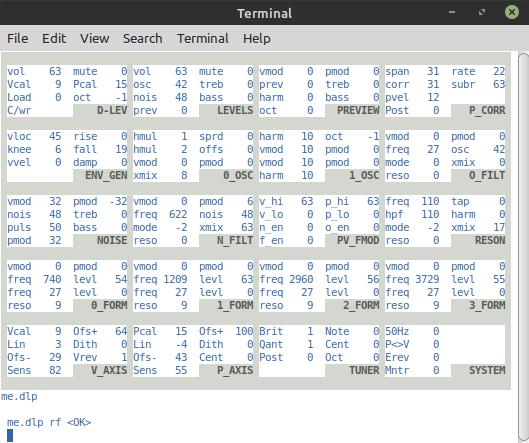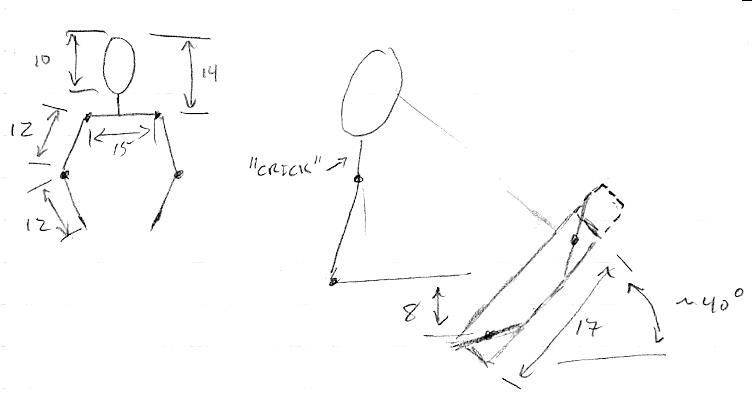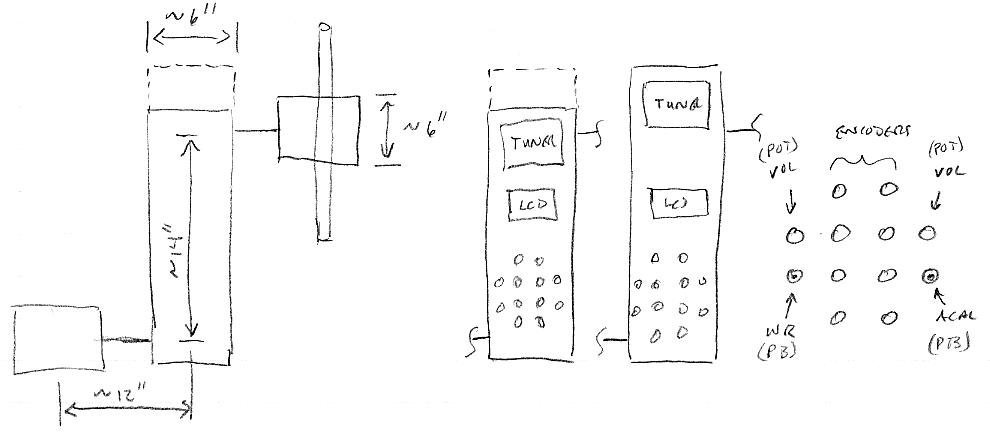His Master's Voice?
It's pretty easy to get something human sounding just messing around with 4 formants, but I'm trying to figure out how to synthesize a given particular human vocal sound, and the easiest one to sample is mine, so that's the defacto goal.
Been playing with Praat some. I wasn't aware until yesterday that there is a pretty nice interactive spectrogram / formant / pitch viewer in there. But Praat seems to have a little trouble now and then with formant identification, and there doesn't seem to be any obvious way to know what the amplitudes of the formant filters should be set to. Something I'm experimenting with in Audacity is recording a sweep of my own voice over an octave or so and viewing the FFT of that. The sweep helps to smear out the excitation peaks, leaving more or less just formant filtered peaks. Audacity doesn't let you zoom in the view on the FFT horizontally, so the horizontal pitch axis is controlled entirely by the FFT window size, which is kinda weird. The window size necessarily sets the resolution, so it's not exactly an ideal situation, but workable. I think I'm seeing my own vocal formants at 600, 1200, 2560, and 3310Hz, with a dip at 5430Hz and an island blob of HF response from 6kHz to 9.5kHz.
Just plugging these formants into the D-Lev and playing around with the amplitudes and excitation yields something human but not exactly "me" sounding. The missing island blob is some of it, and I tried filling that in with the resonator but no dice. And the formant locations sounded weird so I moved them around a bit - so much for science! This next step in vocal synthesis is turning out to be more nuanced than I would like it would be, after the low hanging fruit the next fruit up may need a fire ladder! Anyway, here's the D-Lev "me" (so far) singing "Love is Blue": [MP3]
And here is the preset:



